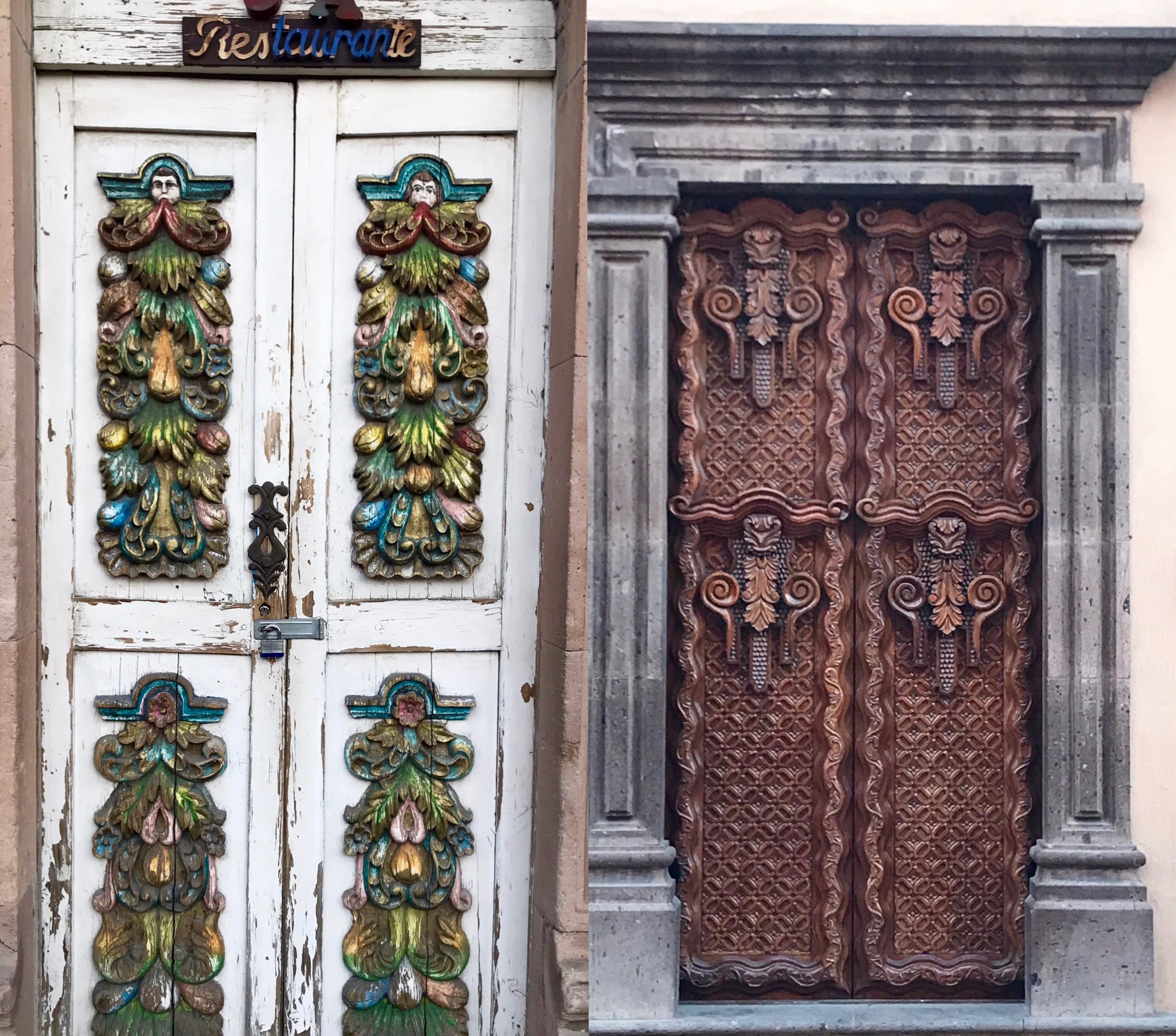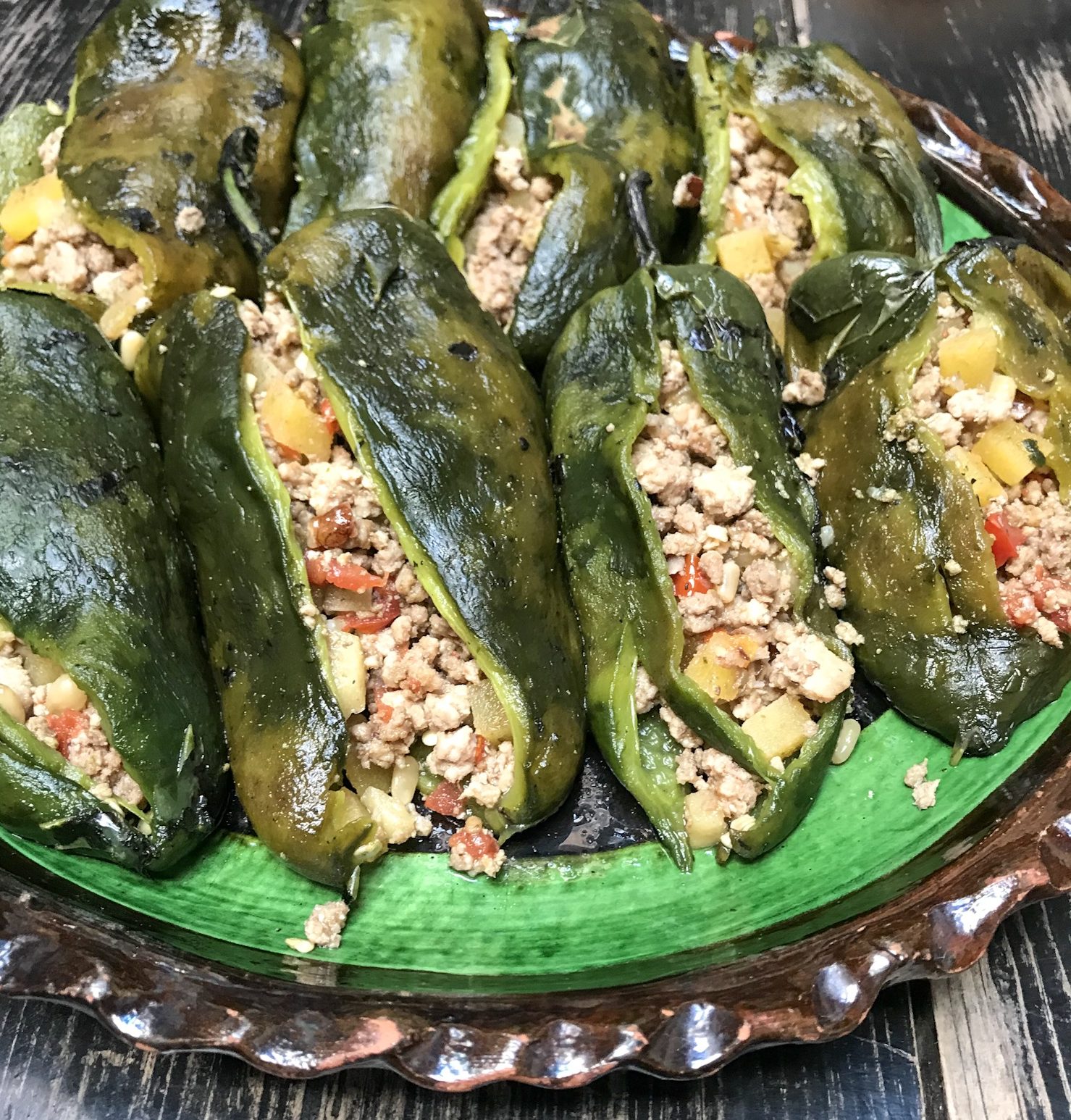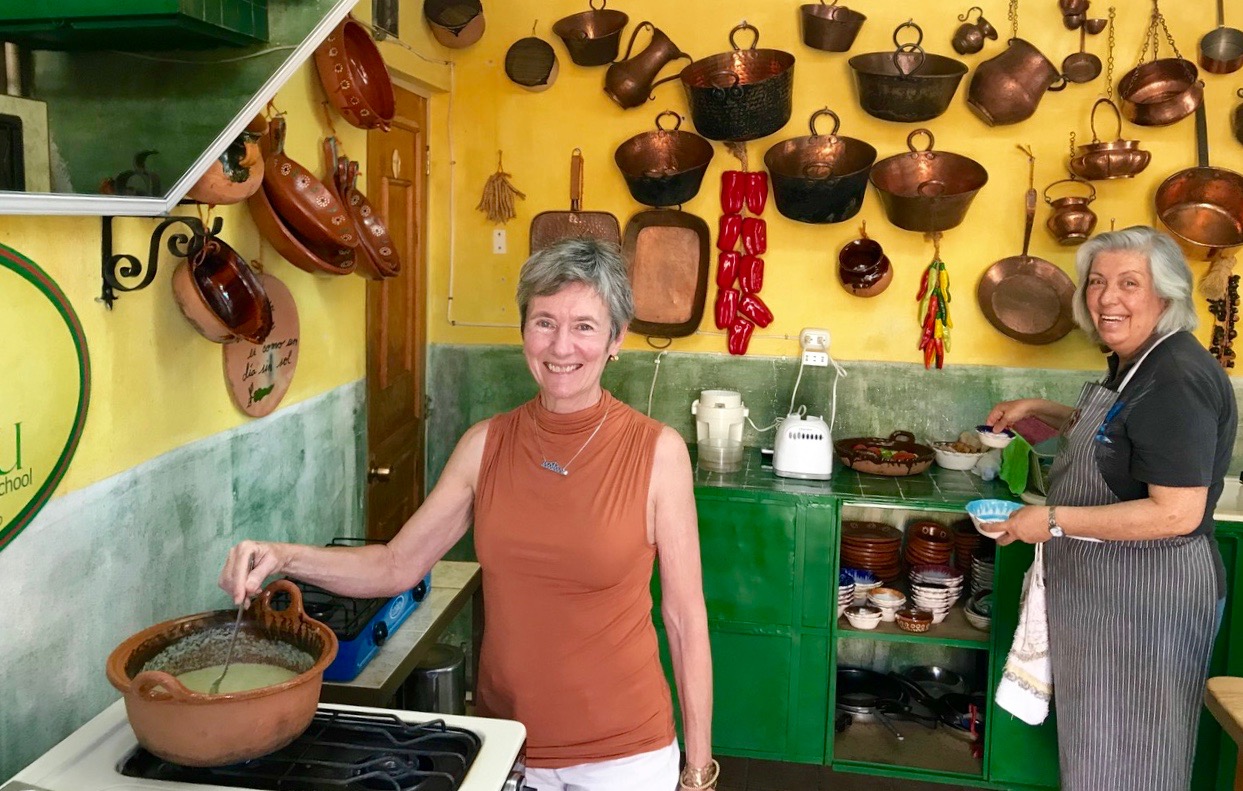Gastronomy: the connection between food and culture and the cooking style that reflects an area. The regional and authentic food of Mexico was recognized in 2010 along with traditional French cuisine and Spanish flamenco by UNESCO for its deep cultural roots and diversity.

Looking to escape the Mardi Gras madness in New Orleans in early March, we travelled with friends to San Miguel De Allende, or SMA, located in the central highlands of Mexico in the state of Guanajuato. For some reason, I am always drawn to world heritage sites such as San Miguel where I can explore my quest for authentic regional art, architecture, history, culture, and inevitably, gastronomy, which for me is the true connection between local food and the preservation of a culture.

Authentic Mexican cuisine reflects the influence of pre Columbian and indigenous cultures of the Mayans and the Aztecs, as well as Spanish influence from the 1500’s. Mexican cuisine is corn based, with no flour, (the original gluten free cuisine) and uses simple ingredients such as tomatoes, chiles, cocoa, beans, and sweet potatoes. The Spanish brought meats, rice, almonds, citrus and dairy to Mexico and these ingredients are now part of their history and add to the diversity of the cuisine. This history of their food culture results in a unique play of texture, color, and a balance of flavors.


We arrived at our destination for the week near the centro in SMA and climbed the steps of our casa through the dreamy, shaded, green courtyard across wide breezy balconies to the third floor rooftop terrace. We were immediately transformed by the beauty of the bright blue sky, the thirty plus church steeples and the ever present pink limestone gothic facade of the Parroquia de San Miguel Arcangel, the main parish church in the center of town adjacent to the park or Jardin.
The kitchen, our cocina, was a beautiful balance of rustic and functional and immediately became our gathering place. Stone walls were covered in Mexican folk art, retablos, and our Lady of Guadaloupe was present and watching over us from above. Our kitchen saint! A long farm table for mixing margaritas, slicing mangoes and papayas, resting roasted poblanos and stacking Mexican handprinted pottery was strategically and practically placed in the center of the cocina. Intense orange mangoes and peachy passion fruit, bright green avocados and limes, deep red paprika and warm yellow orange turmeric graced the table each day as we assembled and prepared meals with our cook Estella.

Marilau at the Mexican Ancestry Cooking School and Estella introduced us to simple, hearty indigenous meals such as chicken with roasted poblano cream sauce, chiles en nogada, chilaquiles with fried eggs and salsa verde and flan. Flan, flan and more flan. I could not get enough of the silky smooth egg custard with sweet caramel syrup. I ate it for breakfast and after lunch and dinner for dessert. Our daily explorations through the cobblestone streets led us to unique culinary experiences and discoveries at the restaurants and small cafes in SMA. Tamarind margaritas, sopa tarasca, pollo en pipian verde, enchiladas with black and green mole, and my favorite, chocolates y churros at the historic St Agustin cafe. Every afternoon Estella welcomed us back to the casa and rewarded us with fresh guacamole, pico de gallo and other goodies from the mercado. Paradise? Yes, at least for a few days.

I plan to travel with you to the magical city of San Miguel from my kitchen to yours as we recreate the authentic cuisine of that region. The cuisine is simple, yet the complex layers created by roasting chiles, adding savory and pungent spices, and using corn tortillas and nuts as thickening agents creates layers of flavors with immense depth and balance. Follow the Sur le Plat blog or look for these recipes from Mexico on Facebook and Instagram. Capture the magic!
Check out my Chiles en Nogada recipe here and my fish taco recipe here.



Comments are closed.